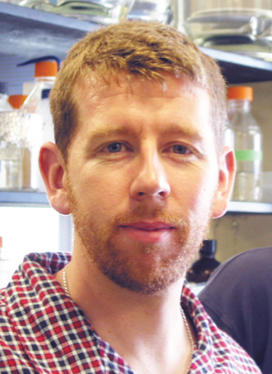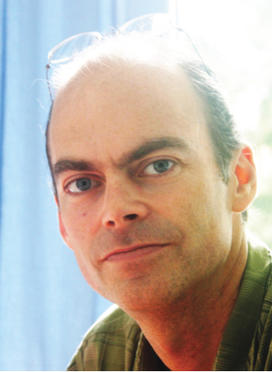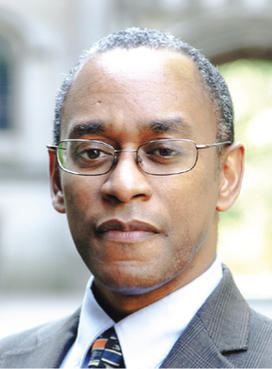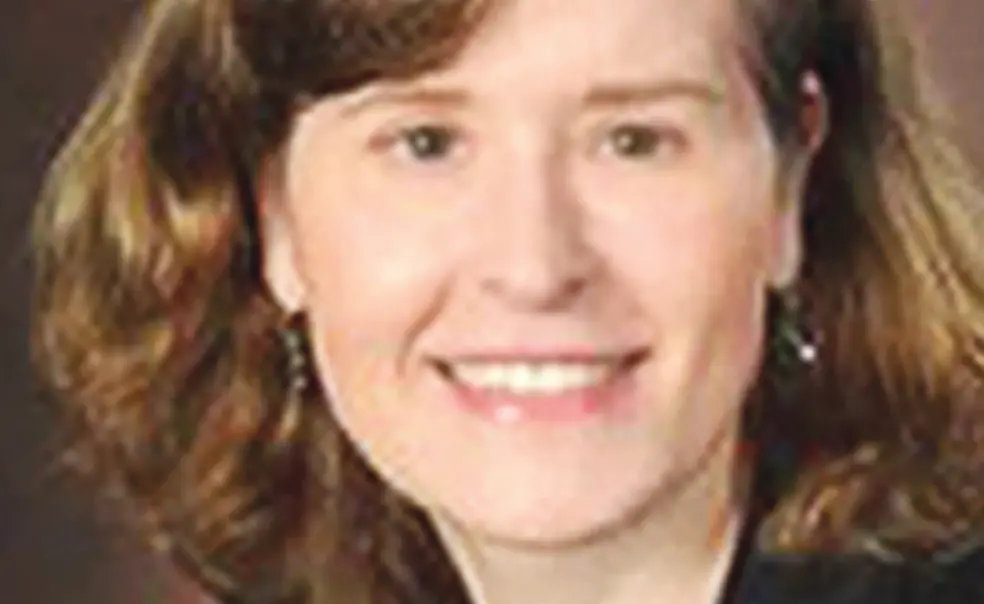Although the “Great Recession” obliged us to reduce the number of academic searches we conducted last year, it did not affect the stellar quality of the faculty we did recruit. Indeed, the fewer the searches, the greater the need to make each count by attracting the very finest teacher-scholars to Princeton. In this, the first President’s Page of the 2010–11 academic year, I would like to introduce you to four new members of our senior faculty.


Tom Muir, who will join us as the Van Zandt Williams Jr. Class of 1965 Professor in Chemistry in October, received his undergraduate and graduate education at the University of Edinburgh before joining the faculty of Rockefeller University, where he headed the interdisciplinary Pels Family Center for Biochemistry and Structural Biology. Professor Muir is one of the world’s foremost chemical biologists, and his appointment marks an important step in re-imagining our chemistry department, symbolized by its spectacular new home on Washington Road. His pioneering work in the field of protein engineering—and, most famously, the expressed protein ligation technique that he developed in the 1990s—has enabled him and scientists around the globe to gain far-reaching insights into a wide array of cellular processes. As he and his colleagues put it in the Proceedings of the National Academy of Sciences, “The ability to alter protein structure and function by introducing unnatural amino acids has great potential to enhance our understanding of proteins, generate new tools for biomedical research, and create novel therapeutic agents.”

Nick Nesbitt joined our Department of French and Italian in September, bringing with him a deep understanding of the history and literature of the francophone Caribbean, and Haiti in particular. Having earned his doctorate at Harvard, he taught at Miami University and the University of Aberdeen in Scotland while writing two books and editing two others. Although his work has a well-defined geographic focus, he approaches his subject from many angles—from philosophy to literary criticism to musicology (reflecting his love of jazz) to postcolonial theory. This intellectual breadth is very much in evidence in his second book, Universal Emancipation: The Haitian Revolution and the Radical Enlightenment, where he deftly moves from the particularities of Haiti’s renunciation of slavery to the significance of this event in the larger struggle for human emancipation, presenting what is often viewed as a footnote to Western history as one of its pivotal moments.

Keith Wailoo, who holds a Ph.D. from the University of Pennsylvania, joined our faculty as the Townsend Martin Professor of History and Public Affairs in July, following a distinguished career at the University of North Carolina–Chapel Hill and Rutgers, where, among other roles, he served as founding director of the Center for Race and Ethnicity. Professor Wailoo is among our nation’s pre-eminent historians of medicine, as well as a keen observer of contemporary controversies in genetic medicine, vaccination, and transplantation. His wide-ranging scholarship places illness and its treatment in a richly textured social context, with special attention to the powerful nexus between health and race. In his award-winning book, Dying in the City of the Blues: Sickle Cell Anemia and the Politics of Race and Health, for example, he traces the evolving relationship between a racially charged disease and culture in Memphis, Tennessee, documenting how a once invisible illness provides a lens through which to view the evolution of medicine and of American society.
We enthusiastically welcome Professors Currie, Muir, Nesbitt, and Wailoo, along with the 28 other accomplished faculty who are joining us this year, as they are the future of the University, as well as a testament to its vitality, even in challenging economic times.












No responses yet